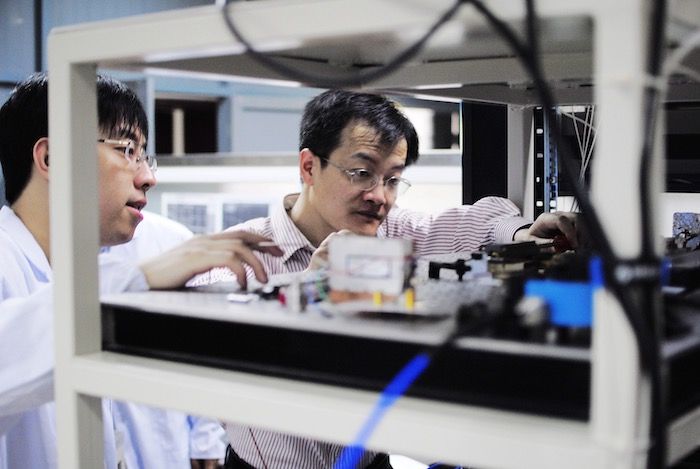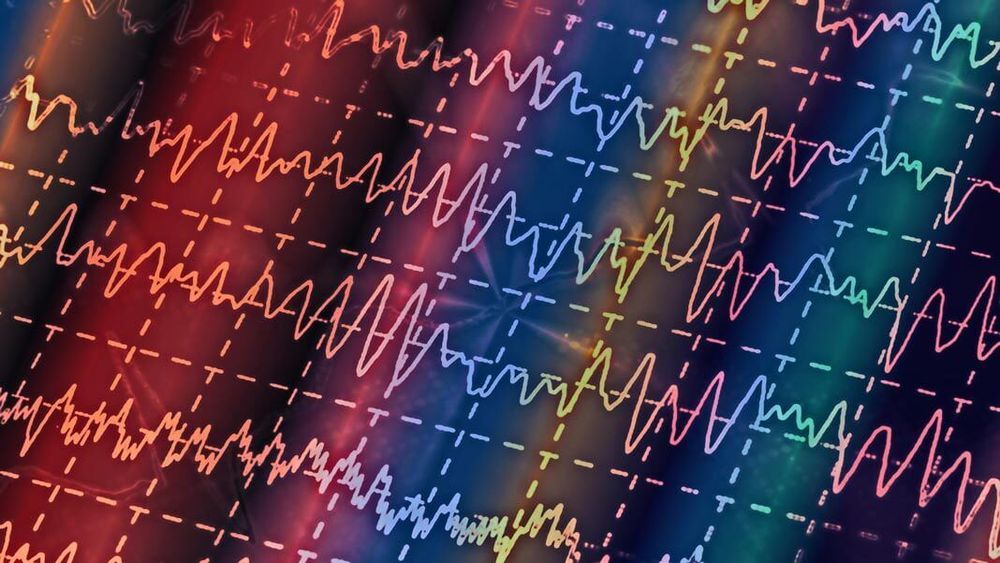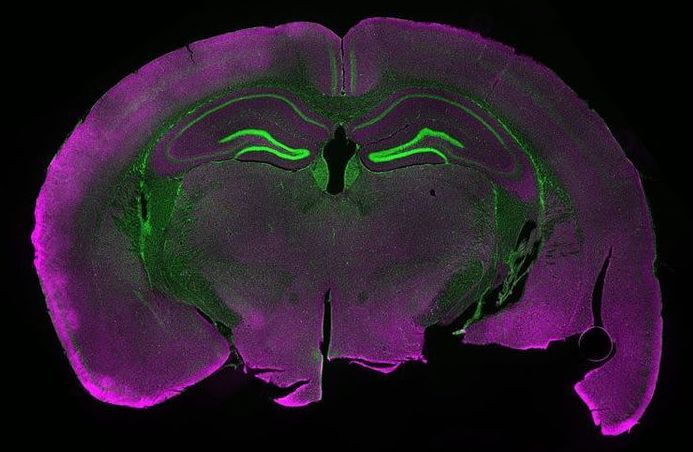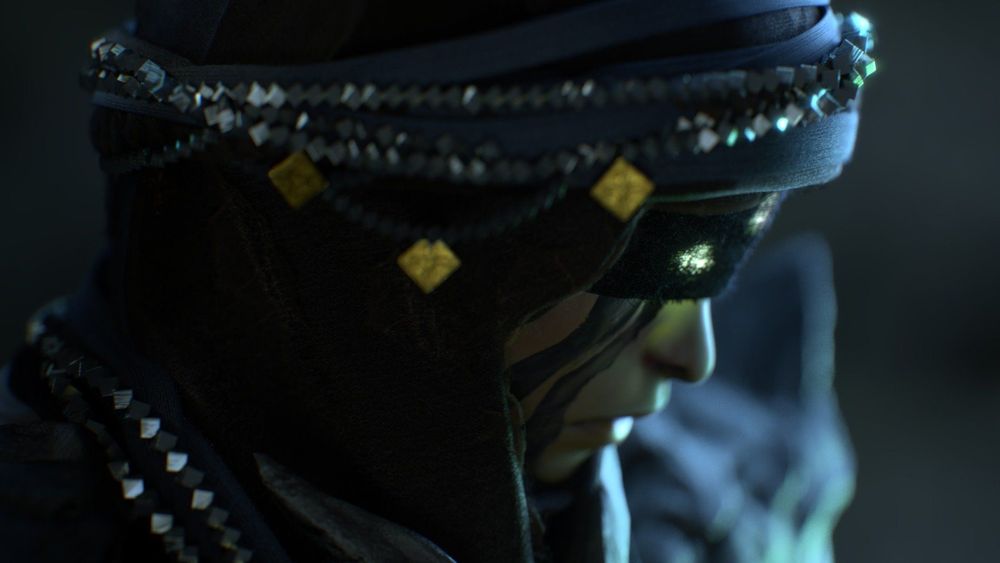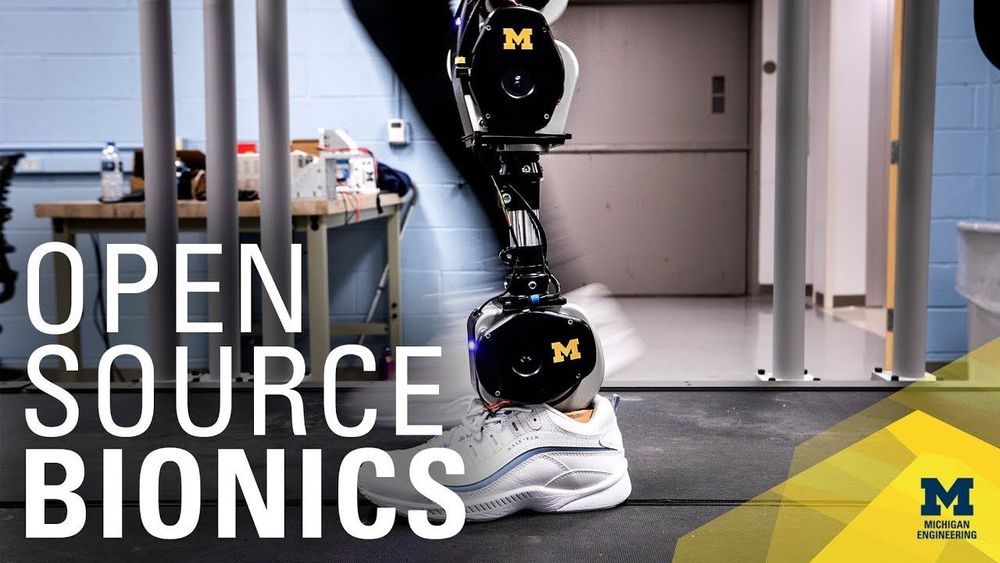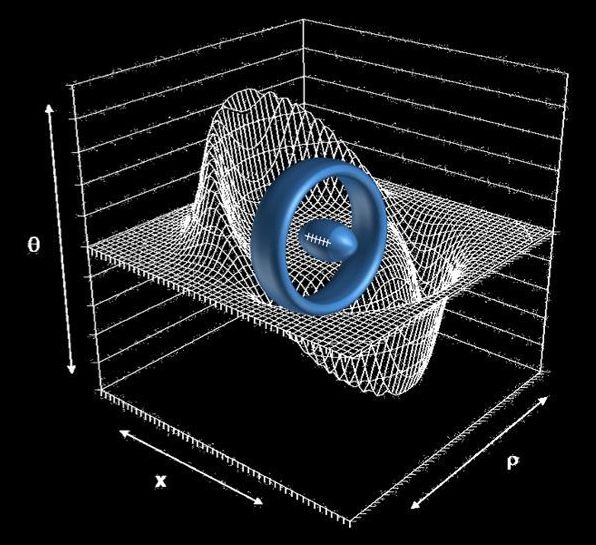“Dilation” technique could allow researchers to study exotic physics in non-classical Hamiltonians.
The protocol, dubbed Walk Again Neuro-Rehabilitation (WA-NR), first uses EEG to record and control virtual avatars and robotic exoskeleton walkers while the patient wears a “tactile shirt” that offers them sensory feedback. This stimulation theoretically teaches damaged nerves to reroute their motor functions to healthy ones. Following the program for just three years, the patients—some paralyzed for decades—dramatically regained sensation in their lower limbs. They could feel where their legs were in space and better control their lower limbs. Some even reported feelings of normal, welcomed pain after a sharp jab.
The current study, published in Scientific Reports, takes neurorehab a step further. In two patients from the original cohort, the team further trained and examined their neuro-recovery in detail. Patient P1 was a middle-aged man paralyzed for 4.5 years at the onset of the study; P2, a 32-year-old, had been paralyzed for a decade. Although trained with WA-NR, both patients scored on the low end of overall movement, with the ability to extend their knees at most.
For each training session, the patients wore an EEG cap to measure movement intent and had eight electrodes placed on the skin of each leg to stimulate muscles. Simultaneously they wore a haptic shirt, which gave them a sense of their body in space by stimulating their forearms.
“Do we have a chance of ever understanding brain function without brain simulations?” So asked the Human Brain Project (HBP), the brainchild of Henry Markram, in a new paper in the prestigious journal Neuron.
The key, the team argued, is to consider brain simulators in the vein of calculus for Newton’s laws—not as specific ideas of how the brain works, but rather as a programming language that can execute many candidate neural models, or programs, now and in the future. When viewed not as a vanity project, but rather as the way forward to understand—and eventually imitate—higher brain functions, the response to brain simulation is a resounding yes.
Because of the brain’s complexity and chaotic nature, the authors argue, rather than reining in simulation efforts, we need to ramp up and develop multiple “brain-simulation engines” with varying levels of detail.
A plastic water bottle can survive the rigors of an active lifestyle, but over time it will collect odd smells and flavors that eventually can’t be scrubbed out. A glass bottle is a better option, naturally eschewing mold and odors, but one wrong move and suddenly it’s a pile of shards. These Squeezable Glass bottles claim to offer the best of both worlds—but have a bit of a misleading claim to fame.
The bottles aren’t actually made from some indestructible self-repairing glass material discovered in a secret lab a decade ago; they’re plastic, which is why they can be squeezed without shattering. However, the insides of the bottles are coated with an incredibly thin layer of silicon dioxide—which is what glass is made from—that’s just 20 nanometers thick. It acts as barrier preventing smells, flavors, mold, and other bad stuff from sticking to the plastic, but it remains completely flexible.
Destiny 2: Shadowkeep
Posted in space
Food is contaminated with plastic, which means it’s going directly into our bodies.
If you have resisted giving up bottled water for any reason, this should change your mind. A new study estimates that people who drink bottled water ingest 90,000 additional plastic microplastic particles annually, compared to those who drink tap water, which puts only an extra 4,000 particles into their bodies.
This finding is part of a study that has estimated the number of plastic particles that humans ingest every year. Conducted by researchers at the University of Victoria, British Columbia, it pulled together data from 26 previous studies that had measured plastic in salt, beer, sugar, fish, shellfish, water, and urban air. Pairing this data with the U.S. dietary guidelines, the scientists calculated how many particles people were likely to consume annually. Their discovery? 50,000 for adults, 40,000 for children. When inhalation is factored in, the estimate jumps to between 74,000 and 121,000 for adults.
A new open-source, artificially intelligent prosthetic leg designed by researchers at the University of Michigan and Shirley Ryan AbilityLab is now available to the scientific community.
The leg’s free-to-copy design and programming are intended to improve the quality of life of patients and accelerate scientific advances by offering a unified platform to fragmented research efforts across the field of bionics.
“Our Open-Source Bionic Leg will enable investigators to efficiently solve challenges associated with controlling bionic legs across a range of activities in the lab and out in the community,” said lead designer Elliott Rouse, core faculty at U-M’s Robotics Institute and assistant professor of mechanical engineering. “In addition, we hope our bionic leg will unite researchers with a common hardware platform and enable new investigators from related fields to develop innovative control strategies.”
When he was considering white dwarfs and neutron stars in the context of what he called ‘gravitational machines,’ Freeman Dyson became intrigued by the fate of a neutron star binary. He calculated in his paper of the same name (citation below) that gradual loss of energy through gravitational radiation would bring the two neutron stars together, creating a gravitational wave event of the sort that has since been observed. Long before LIGO, Dyson was talking about gravitational wave detection instruments that could track the ‘gravitational flash.’
Image: Artist conception of the moment two neutron stars collide. Credit: LIGO / Caltech / MIT.
The idea of traveling to another star system has been the dream of people long before the first rockets and astronauts were sent to space. But despite all the progress we have made since the beginning of the Space Age, interstellar travel remains just that – a dream. While theoretical concepts have been proposed, the issues of cost, travel time and fuel remain highly problematic.
A lot of hopes currently hinge on the use of directed energy and lightsails to push tiny spacecraft to relativistic speeds. But what if there was a way to make larger spacecraft fast enough to conduct interstellar voyages? According to Prof. David Kipping, the leader of Columbia University’s Cool Worlds lab, future spacecraft could rely on a halo drive, which uses the gravitational force of a black hole to reach incredible speeds.
Prof. Kipping described this concept in a recent study that appeared online (the preprint is also available on the Cool Worlds website). In it, Kipping addressed one of the greatest challenges posed by space exploration, which is the sheer amount of time and energy it would take to send a spacecraft on a mission to explore beyond our solar system.
